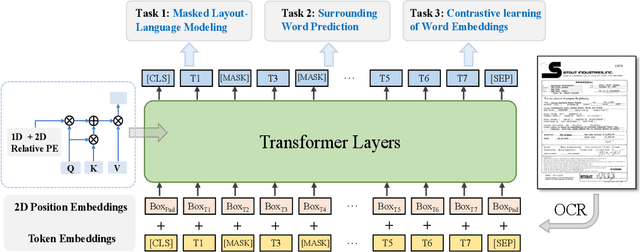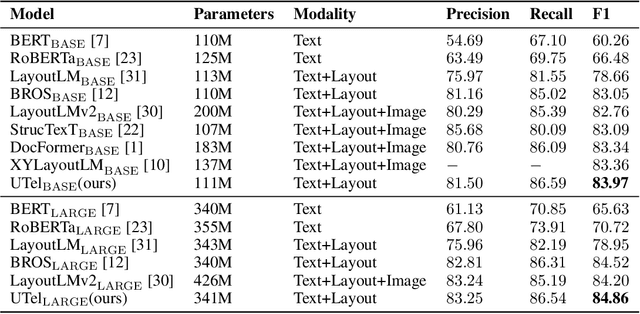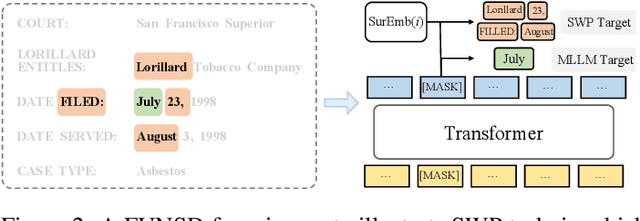Tiantian Fan
DAPO: An Open-Source LLM Reinforcement Learning System at Scale
Mar 18, 2025Abstract:Inference scaling empowers LLMs with unprecedented reasoning ability, with reinforcement learning as the core technique to elicit complex reasoning. However, key technical details of state-of-the-art reasoning LLMs are concealed (such as in OpenAI o1 blog and DeepSeek R1 technical report), thus the community still struggles to reproduce their RL training results. We propose the $\textbf{D}$ecoupled Clip and $\textbf{D}$ynamic s$\textbf{A}$mpling $\textbf{P}$olicy $\textbf{O}$ptimization ($\textbf{DAPO}$) algorithm, and fully open-source a state-of-the-art large-scale RL system that achieves 50 points on AIME 2024 using Qwen2.5-32B base model. Unlike previous works that withhold training details, we introduce four key techniques of our algorithm that make large-scale LLM RL a success. In addition, we open-source our training code, which is built on the verl framework, along with a carefully curated and processed dataset. These components of our open-source system enhance reproducibility and support future research in large-scale LLM RL.
What's Behind PPO's Collapse in Long-CoT? Value Optimization Holds the Secret
Mar 03, 2025Abstract:Reinforcement learning (RL) is pivotal for enabling large language models (LLMs) to generate long chains of thought (CoT) for complex tasks like math and reasoning. However, Proximal Policy Optimization (PPO), effective in many RL scenarios, fails in long CoT tasks. This paper identifies that value initialization bias and reward signal decay are the root causes of PPO's failure. We propose Value-Calibrated PPO (VC-PPO) to address these issues. In VC-PPO, the value model is pretrained to tackle initialization bias, and the Generalized Advantage Estimation (GAE) computation is decoupled between the actor and critic to mitigate reward signal decay. Experiments on the American Invitational Mathematics Examination (AIME) show that VC-PPO significantly boosts PPO performance. Ablation studies show that techniques in VC-PPO are essential in enhancing PPO for long CoT tasks.
Knowing Where and What: Unified Word Block Pretraining for Document Understanding
Jul 29, 2022



Abstract:Due to the complex layouts of documents, it is challenging to extract information for documents. Most previous studies develop multimodal pre-trained models in a self-supervised way. In this paper, we focus on the embedding learning of word blocks containing text and layout information, and propose UTel, a language model with Unified TExt and Layout pre-training. Specifically, we propose two pre-training tasks: Surrounding Word Prediction (SWP) for the layout learning, and Contrastive learning of Word Embeddings (CWE) for identifying different word blocks. Moreover, we replace the commonly used 1D position embedding with a 1D clipped relative position embedding. In this way, the joint training of Masked Layout-Language Modeling (MLLM) and two newly proposed tasks enables the interaction between semantic and spatial features in a unified way. Additionally, the proposed UTel can process arbitrary-length sequences by removing the 1D position embedding, while maintaining competitive performance. Extensive experimental results show UTel learns better joint representations and achieves superior performance than previous methods on various downstream tasks, though requiring no image modality. Code is available at \url{https://github.com/taosong2019/UTel}.
 Add to Chrome
Add to Chrome Add to Firefox
Add to Firefox Add to Edge
Add to Edge